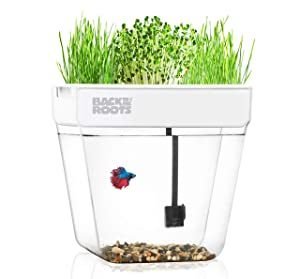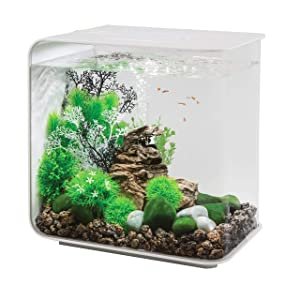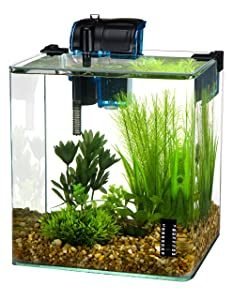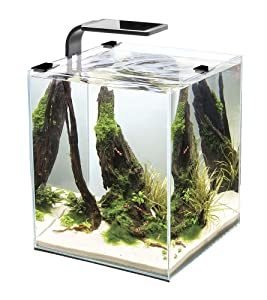The Black Ghost KnifeFish, Apteronotus albifrons, is a very distinct fish from South America. Their electrosensory system, unusual color schemes, and the lack of a classic fish shape will attract everybody. Although this black ghost knife fish is a shy one, it gradually adapts to the aquarium and begins to turn showier. Can anyone buy this fantastic, weird fish and keep it? Continue reading to learn all about this notable species of freshwater aquarium fish. Article content includes this article and additional information about knife fish.
Black Ghost Knifefish Overview
Black Ghost Knife Fish (Apteronotus albifrons) is an exotic freshwater fish of the Apterolidae family originating from South America. This species is native of South America and lives in Argentina, Bolivia, Brazil, Colombia, Ecuador, French Guiana, Guyana, Paraguay, Peru, Suriname, Uruguay, and Venezuela. They use their bottom fin for movement rather than contract and move their head and tail. They are easy to feed, enjoying being fed on insect larvae such as tubifex worms and blood worms. According to its electroreception ability, a fish that appreciates a giant aquarium can send out electrical pulses to monitor its surroundings, and this also shows places of prey and hidden places. If properly kept, this type of knife fish can live for up to 10 years and reach half a meter from head to tail.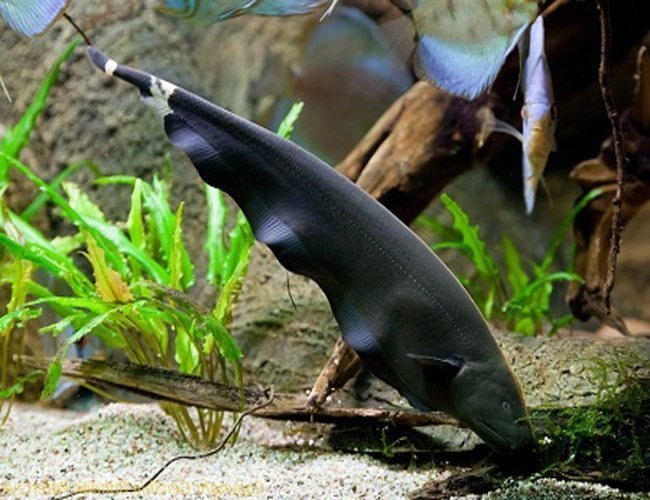
Black Ghost Knife fish Life span
The typical life expectancy of the Black Ghost knifefish is around eight years under proper keeping. These spans could, in some cases, reach as long as ten years. The most important factors that influence their lifespan are overall care quality (not only before you bought your fish but after) and the rate of feeding, water conditions, type of aquarium, tank size, and genetics.
Black Ghost Knifefish Size
Black Ghost Knifefish fish usually grows from 18 to 20 inches. Ignore all the nonsense “it will grow to the size of a tank” that is read around some online forums. These fish grow very big in any tank size. As they are not small fish, they need a large aquarium suitable for their size.
Should you keep Black Ghost Knifefish?
The Black Ghost Knifefish are among the most challenging fishes. Their long anal fins and their undulating movement on the surface of the water are something you never really forget. This fish is a good option for those with big tank sizes and who want to add a bit of variety. David keeps fish from a young age and has gathered and taken care of more than 30 different species.
Potential problems
Black Ghost Knifefish have an excellent sense of changes in the water. Scaleless fish show sensitivity to medications, particularly copper-containing products. Wild-caught specimens sometimes come with parasites that infect other species in your collections. This shy fish may not eat very well when first introduced in the aquarium, leading to problems such as malnutrition. The species is susceptible to fluctuations in water conditions, so it is paramount for tank operators to maintain a perfectly stable environment. Depending on your tank’s dimensions, you can add an excellent lighting system.
Black Ghost Knifefish Care Guide
Because their skin has no scales, they are susceptible to infection. It is especially prone to ich infections, external parasites, and white spots diseases. It would be best if you quarantined any incoming fish to your tank till it is healthy. It’s also good to give them quality food when you want to fight off a parasite, thus improving the animal’s immune system. The Black Ghost Knifefish would be happy to have a balanced diet and stable water parameters. For details about caring for fish, visit this guide.
Availability of knife fish
The Black Ghost Knifefish can be purchased online in good fish stores or through specialty dealer sites. Fish around 5 inches that you see on sale are usually a wild catch. Specimens for around $10 to $20 will vary according to the size of the species and its site of origin. The fish is now widely bred in Indonesia, and the pressure on wild populations has decreased dramatically. The larger specimens are likely large captive grown imports, but smaller specimens are likely a wild catch.
General Species Summary
Apteronotis albifrons is a tropical freshwater fish that is currently growing in popularity. They get their name from the evident physical relation of these animals to knives. The title ghost originated from a local belief that ghosts of the lost inhabit the bodies of these fish. The Black Ghost Knife fish are found in several South American regions. One interesting fact about the species is that most aquarists are probably unaware that they are electric. They cannot electrocute you or anything similar, so their electrical receptors help them locate the foods they need. As they hunt primarily at night, they can usually use that knowledge quite often.
Behavior & Temperament
Black ghost knife fish are relatively active fish that likes doing their things and leaving others alone. They are used to swimming and hide in caves looking for food. Their aggressive side will also be present if they’re in contact with other fish, they can appear highly territorial, attacking anyone who comes close to their territory. But it doesn’t mean we can’t take two or three more if we have more space. They can get highly aggressive whenever they are within proximity.
Habitat
Black Ghost inhabits raging sandy-bottomed rivers migrating in flooded forests during the wettest seasons. The fish’s natural environment is rather dark and has poor vision. The Black Ghost Knifefish has developed the characteristic ability to produce low voltage electricity, forming a built-in radar system. Similarly, this novel ability is used for hunting and communication with an animal. The nocturnal fish eats worms, crustaceans, fishes, larvae, and insects. The species prefers areas of solid vegetation with lots of hiding places for hiding in the dark.
Habitat and tank conditions
The Black Ghost Knifefish is present throughout the Amazon River and its tributaries. These waters are teeming with vegetation, with plenty of crannies hiding behind. The water temperature is tropical, 24 to 28º C, the pH can range from 5 to 8, but generally, slightly acidic is ideal, as is soft water. The substrate is typically sandy, with driftwoods and rocks. As they occur in a wide geographical area, it is necessary to know the origin of your fish. These tropical freshwater habitats are home to many insects providing fish food with enough larva. A Black Ghost Knife needs a habitat that resembles its natural environment as closely as possible. It’s simple to accomplish, and it’s detailed below.
Aquarium setup
Black Ghost KnifeFish reaches 20 inches in length. A large aquarium of a minimum of 100 gallons will be needed to store these fish. Use sand or fine gravel; they are the best substrates and most closely resemble the ghost knifefish natural habitat. Keep enough plants around the edges of the tank and also include driftwood and rocks. The fish will not eat the plants but prefer to crawl among the leaves a day, as they prefer to go to a deeper place at night. These fish live inside dark, muddy conditions and like moderate to low lighting in the aquarium. They can often be found in the bottom of the tanks.
Diet and nutrition
In their natural surroundings, the fish emerges from their hiding spots to search, hunt, and eat small fish and insect larvae after the sunsets. They feed on insects, larvae, worms, snails, insects, and smaller fish throughout the night. If you want, you can introduce feeder fish into Black Ghost’s diet once he has gained enough weight to take them. Once the black ghosts settle in their aquarium home, they feel comfortable and may venture out to feed during the day. These fascinating fish will often eat their food in your hands; in this case, you must keep your hands clean and free of chemicals and fragrances. You can gradually introduce commercial feeds, such as pellets and flakes.
Water parameters
Black knife ghost fish may become sensitive to less than ideal water conditions. They are not like other hardy fishes that can withstand low water quality. This means you have to do severe tests on the aquarium water if you own any black ghost knife fish. Often they can get sick, and chances of infection in the water tank are always high. The water parameters should be kept to the perfect levels possible with the species. If a fluctuation starts, you have to do something immediately. Low-quality kits can be a lot worse than no kits at all. Assure your notes about your level are accurate.
What to include in their tank
Black ghost knife fish will often stay in the lower portion of the tank, even during meals. Use soft sand or gravel for the fragile body type in this species. The plants are the most important, so always add some, no matter what the layouts. Keep safe by leaving any concealment areas or objects with a rough surface. Use solid rock, cave, and driftwood. You do not want the fish cut and may potentially cause an infection or sickness. The fish have no preference for hiding places. The typical aquarium plants are suitable.
Black Ghost Knife Fish Tank Mates & Compatibility
There are some compatible black ghost knife fish tankmates that you can contemplate. We see that this species likes to take on its own business. All types of calm fish can have your black Ghost as tank mates, as long as the fish are not too small. Some owners got away with smaller fish like Celestial pearl danios or Green Neon Tetras, but this pairing tends only to be viable while the knife fish is still on the small side.
Tank Mates
Black Ghost Knife fish start to get aggressive if they only have a small area or lack enough hiding locations. The perfect community should be created using peaceful catfish, Angelfish, peaceful cichlids, a discus, and corydoras. Small crustacea (such as shrimp) and gastropods are not well suited as they are perfect for black ghosts. Please do not keep the knife fish with fish that are smaller; they can turn to food. Be aware of smaller sizes of fish such as Tetras, Guppies, Barbs, and Rasboras.
Keep Black Ghost Knifefish Together
It would help if you didn’t keep Black Ghost Knifefish together because their electrical inputs might get twisted. It is best to leave a single individual in the tank to avoid problems. It would be best if you also prevented other species of Knifegish (e.g., Brown Ghost) as also emitting conflicting electromagnetic signals causes both fish to stress. Besides being territorial fish among them.
Breeding
Black Ghost Knife-fish is bred in Indonesia by businesses specializing in aquarium trades. It is reported that ponds are used for breeding the fish primarily due to their mature size of up to 20 inches in length. Naturally, you will need a large aquarium to breed and raise the young fish successfully. And this is just not possible for most home hobbyists. It remains uncertain how it’s done to date, and it can not be known for sure. The species is believed to be bred in ponds in Indonesia, but the precise methodology is still unspecified.
Diseases to watch out for
There is a high skin disease risk. These fish do not have the scale armor on which other fish can rely. Investing in a good filter such as the Flaviv FX4 and UV-sanitizer will prevent these fish from having infections and diseases. If something gets cut or scratched, it can make it a higher risk of catching an infection. If you notice some difficulty or no improvement of the disease, you should try some treatment. Time is the essence to monitor the cuts you see for proper healing and if the amounts do not seem to improve.
Disease prevention
Quarantine every new fish thoroughly before adding it to your aquarium. Place fish into quarantine tanks for up to two weeks before introducing them into your main display setup. Stress can kill fish. Give your Black Ghost Knifefish the correct water parameters, an environment that closely replicates his wild habitat, and a properly balanced diet to ensure he has suitable water and food.

![[Ultimate] Black Ghost Knifefish Care Guide – All you need to know Black Ghost Knifefish](https://aquariumhunter.com/wp-content/uploads/2021/09/maxresdefault-1-1.jpg)

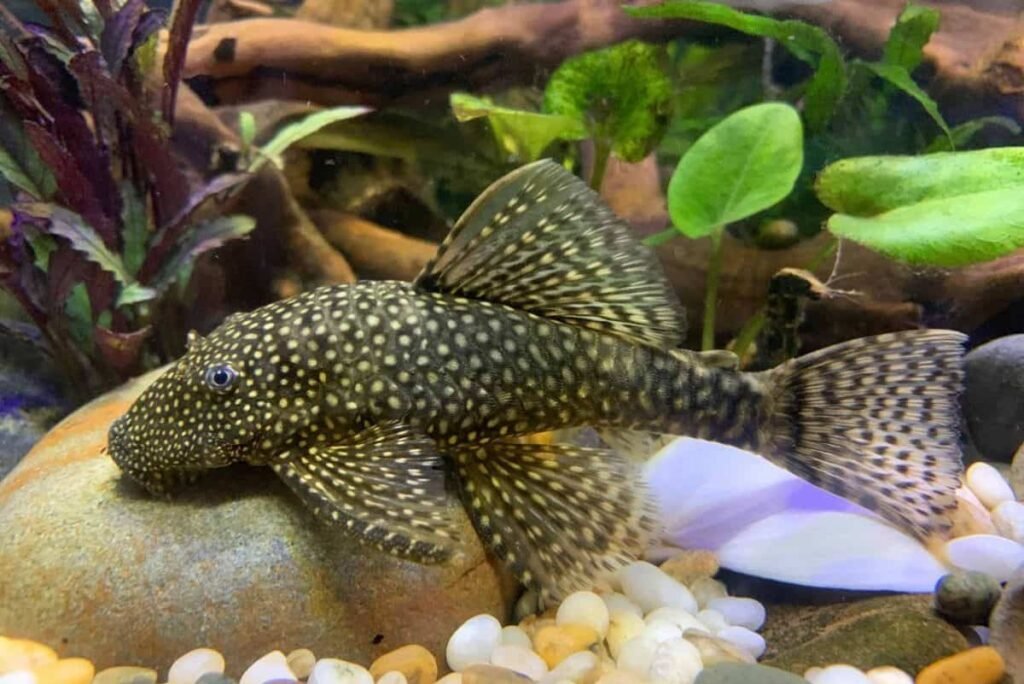

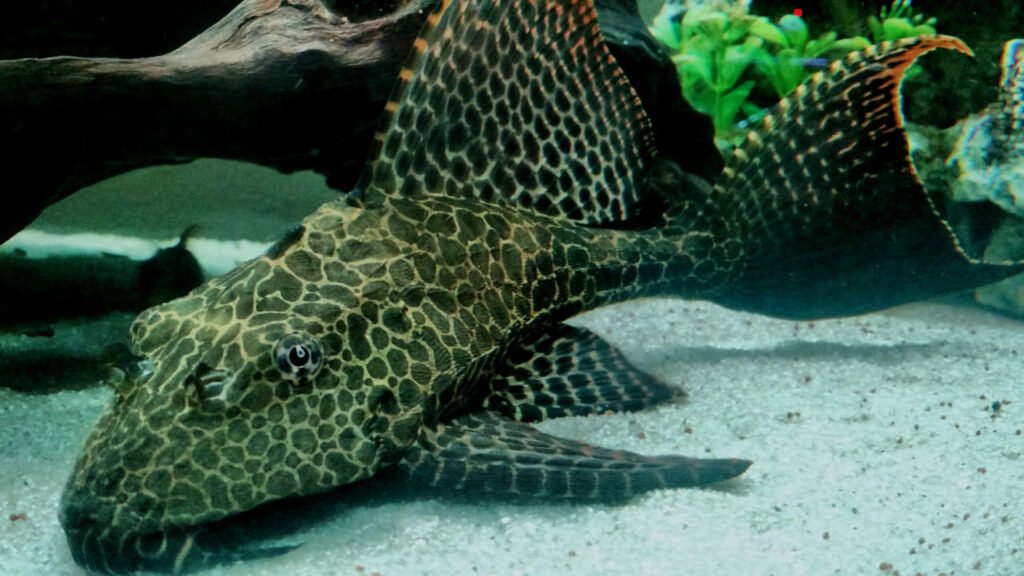
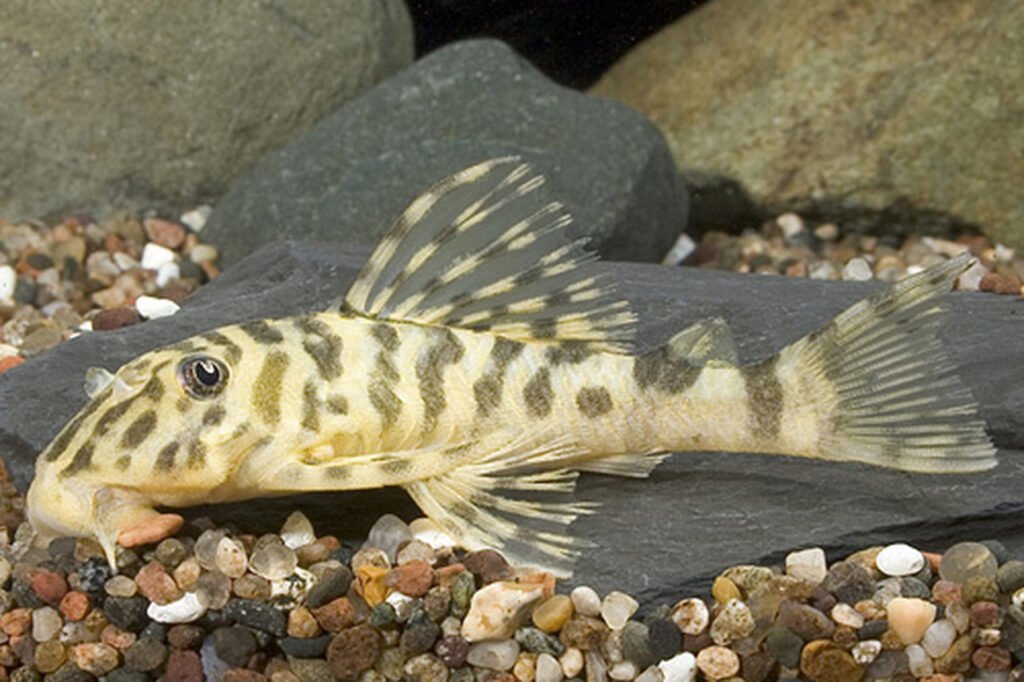
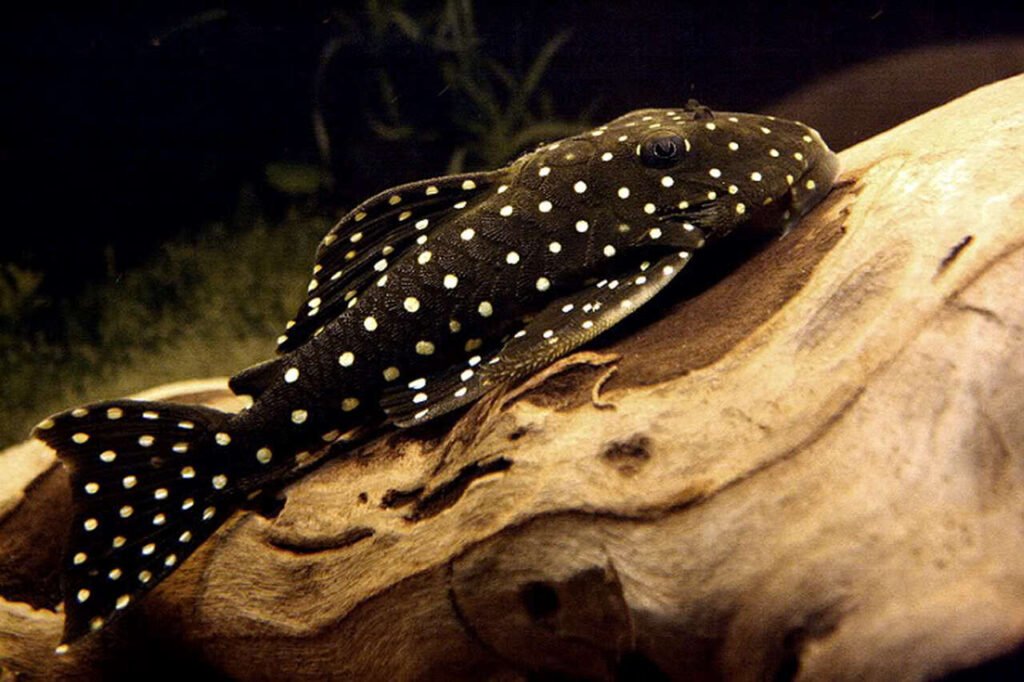
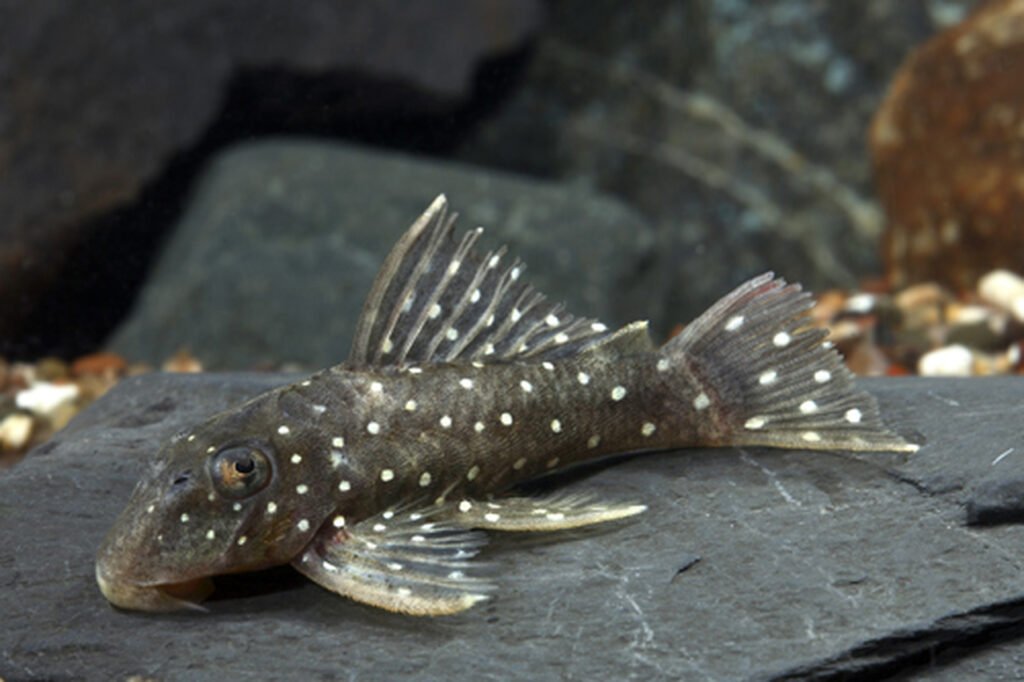
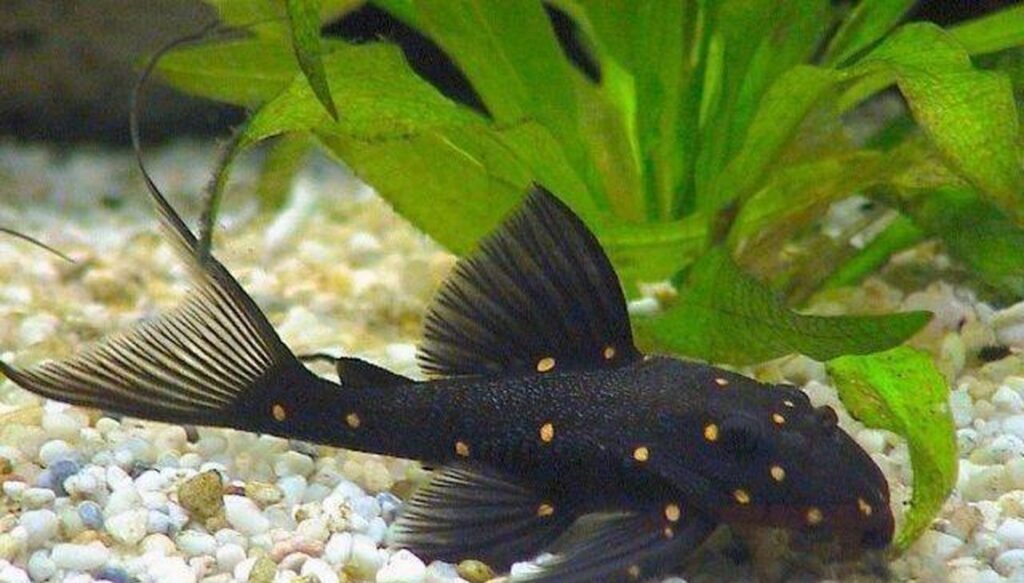
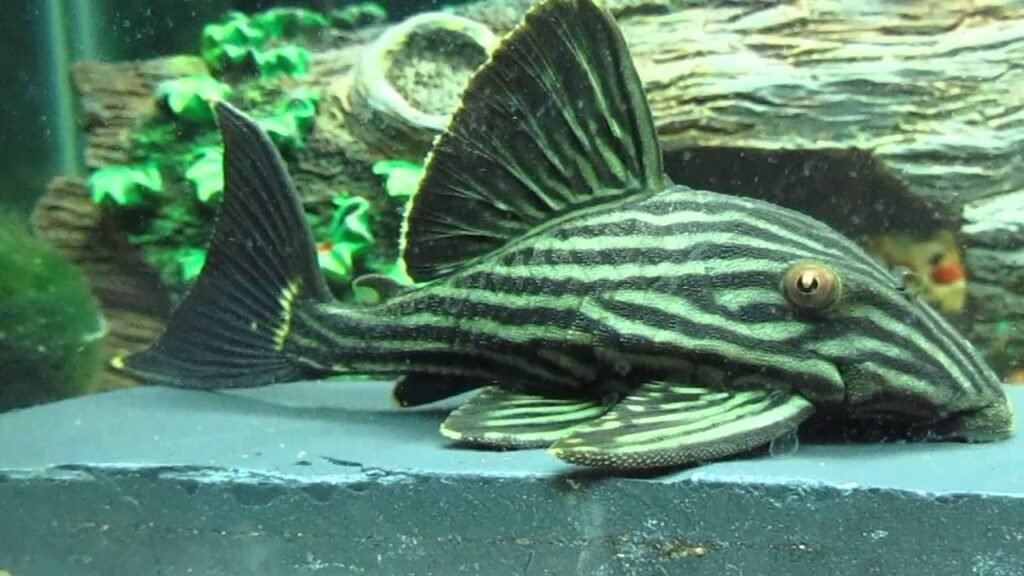
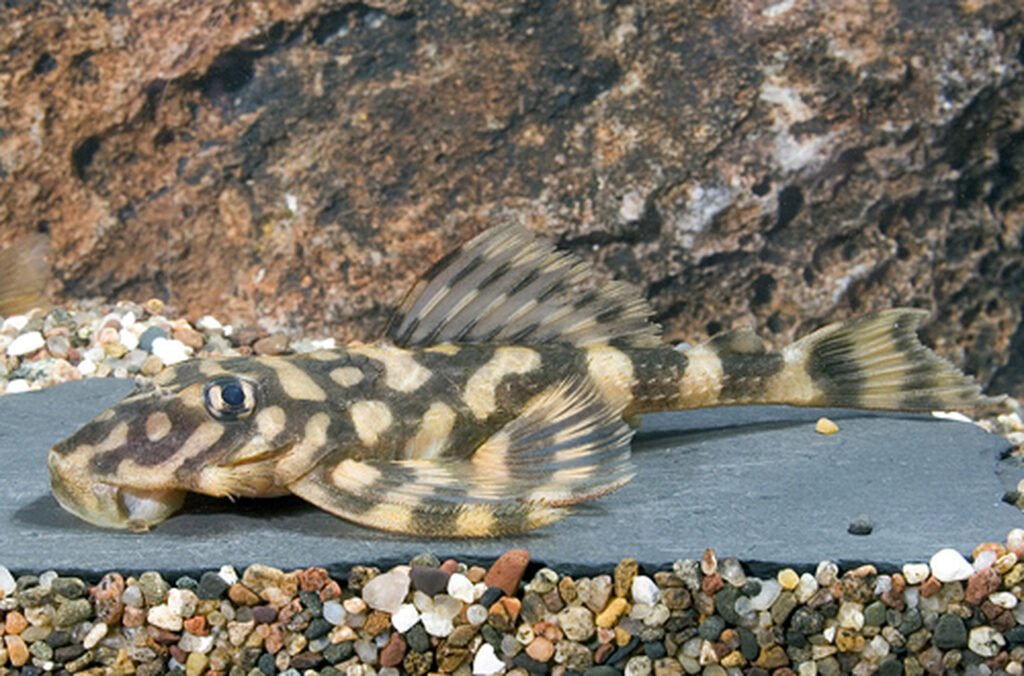
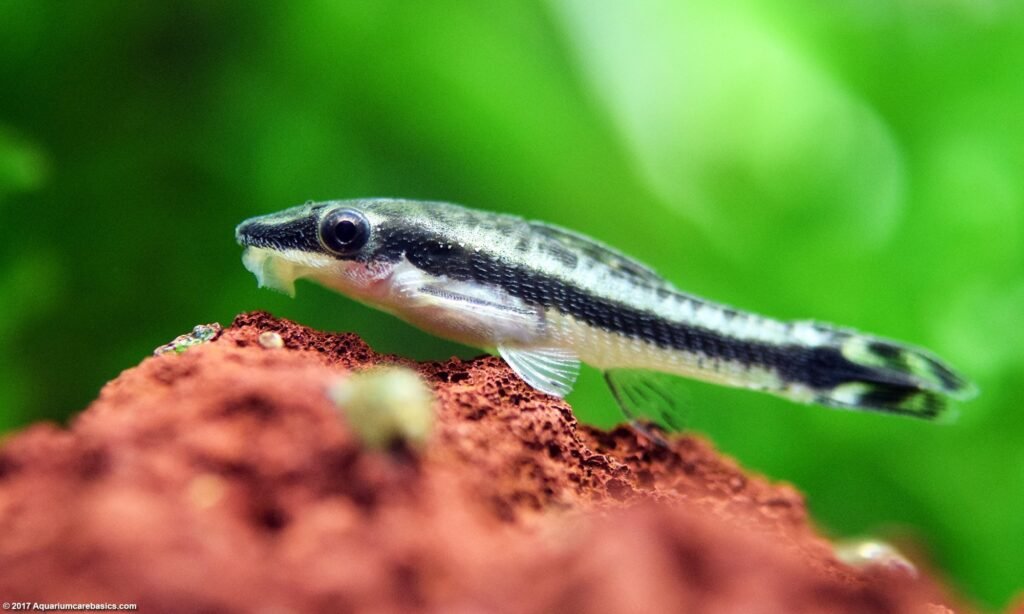
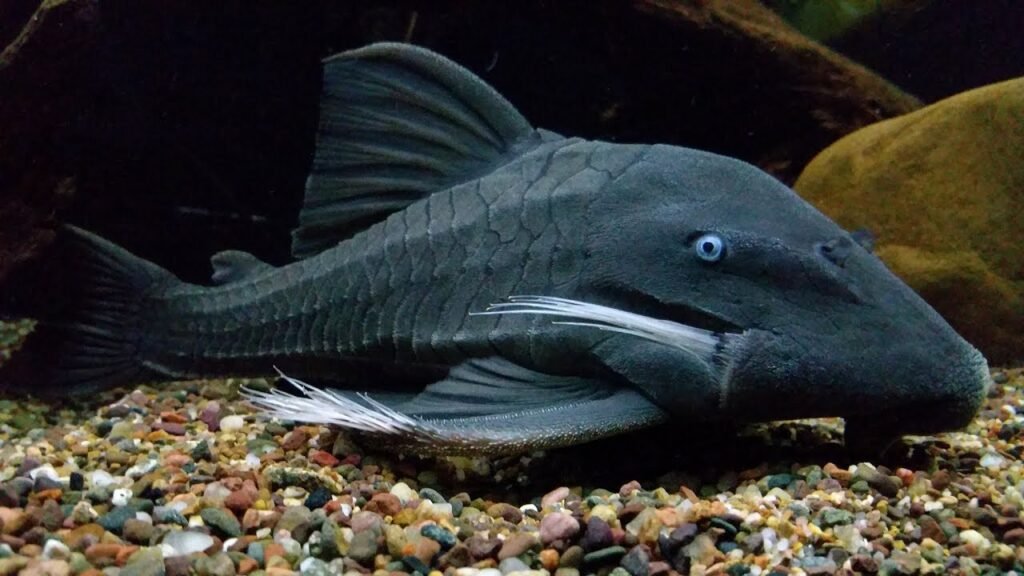


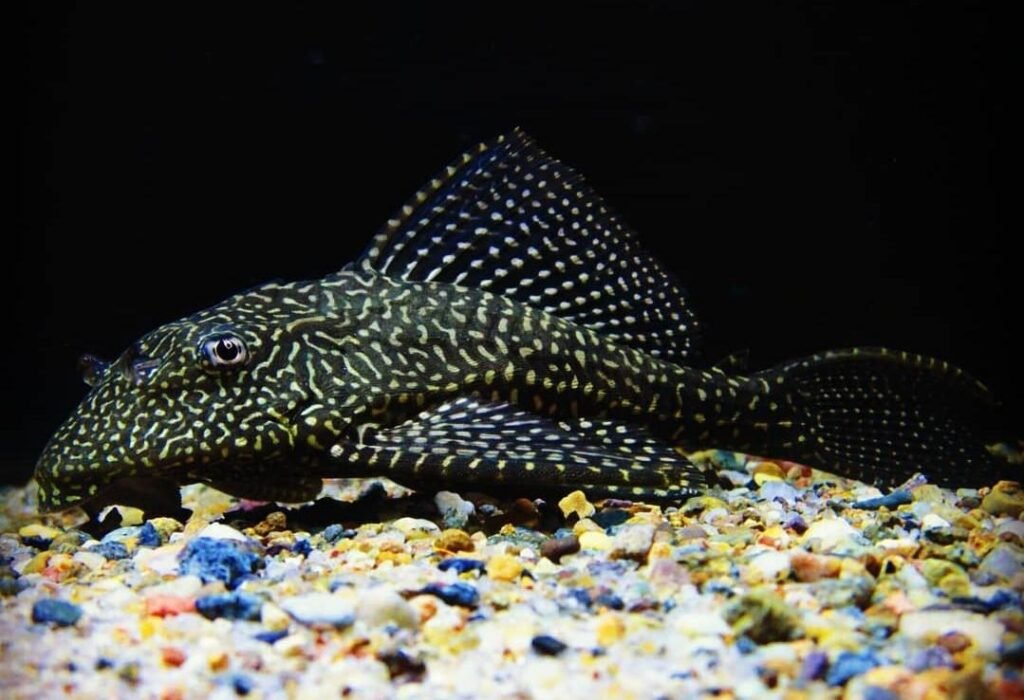
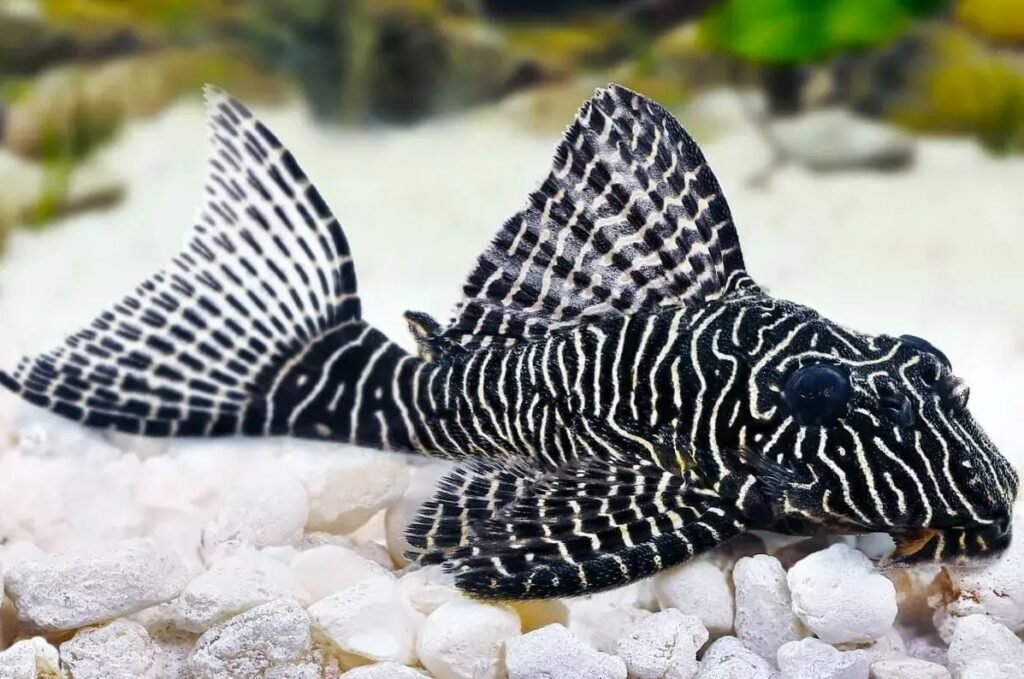

![[Detailed] Clown Pleco Fish Care Guide – Size, Diet, Lifespan, And More! [Detailed] Clown Pleco Fish Care Guide – Size, Diet, Lifespan, And More!](https://aquariumhunter.com/wp-content/uploads/2021/08/felco.jpg)
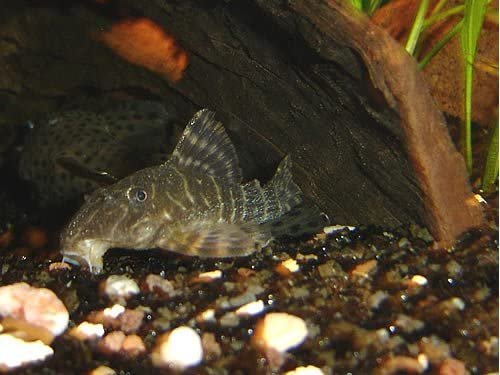
![[Updated] Top 10 Best Turtle Food (Review) in 2023 [Updated] Top 10 Best Turtle Food (Review) in 2023](https://aquariumhunter.com/wp-content/uploads/2021/08/Best-Turtle-Food.jpg)

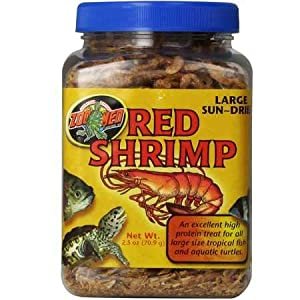
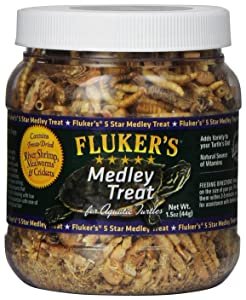
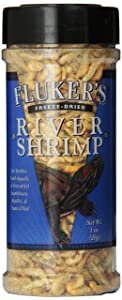
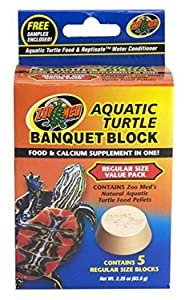



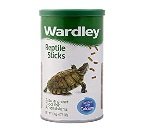
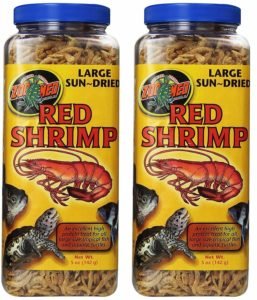

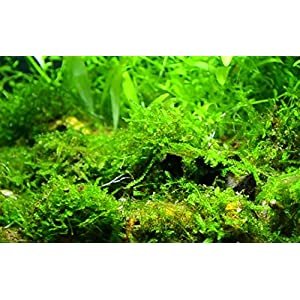
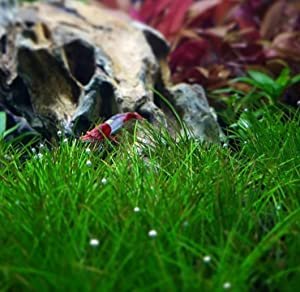
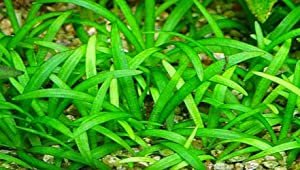
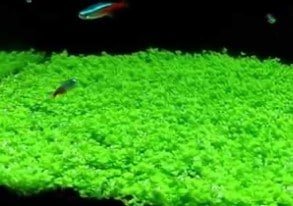
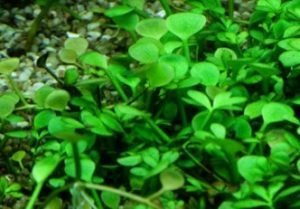
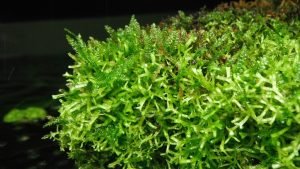
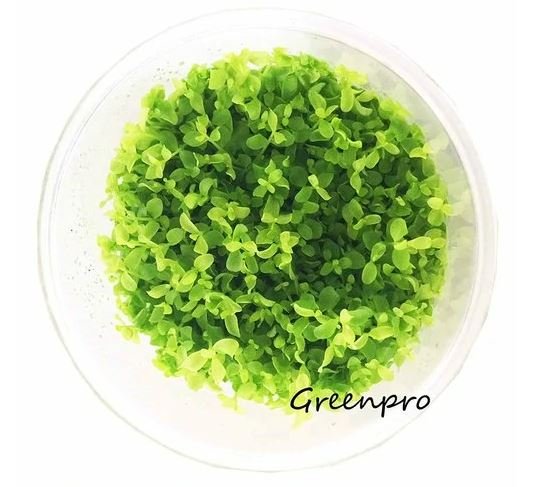

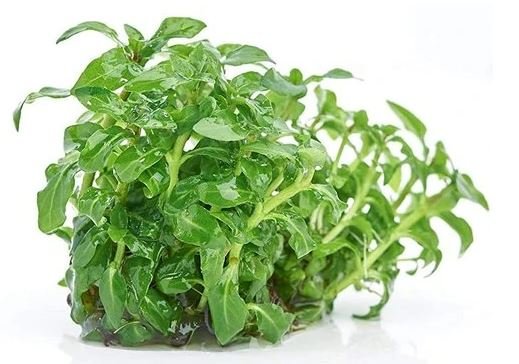
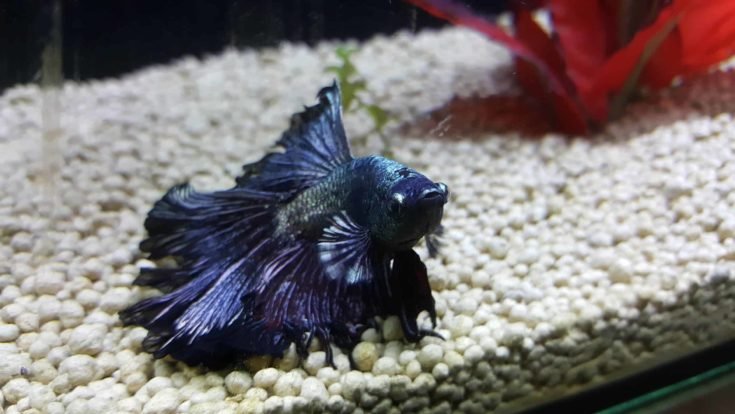
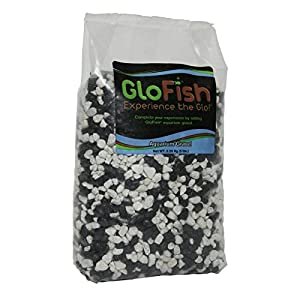


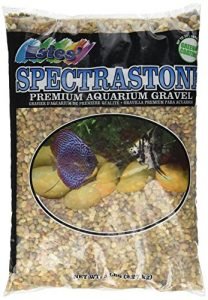
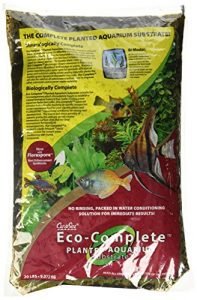

![Top [2023] 10 Best Goldfish Food For Growth & Color – Goldfish Feeding Tips Best Goldfish Food](https://aquariumhunter.com/wp-content/uploads/2021/03/maxresdefault-1.jpg)
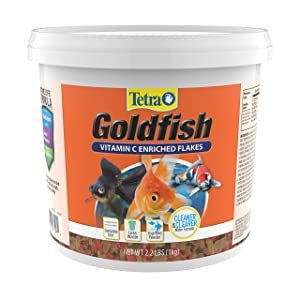

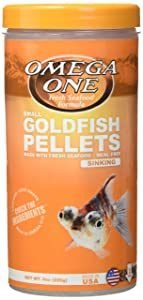

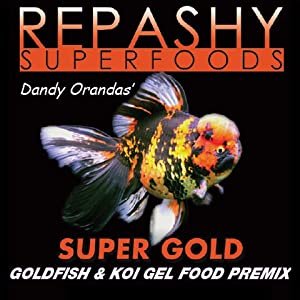

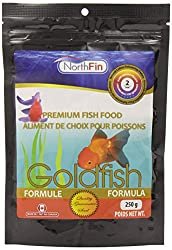
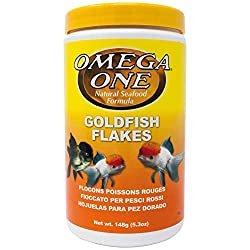


![[2023 Latest] The Best RO DI System For Reef Tank, Saltwater Aquarium [2023 Latest] The Best RO DI System For Reef Tank, Saltwater Aquarium](https://aquariumhunter.com/wp-content/uploads/2021/02/ro-system-for-aquarium.png)
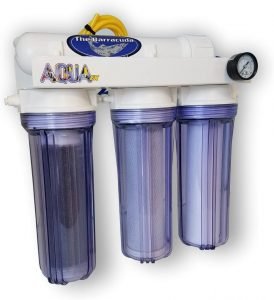
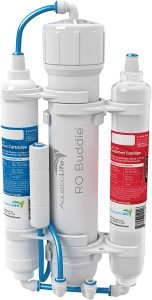
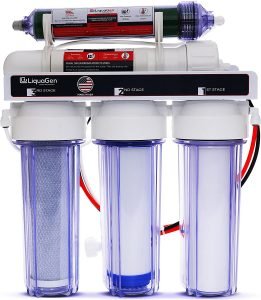
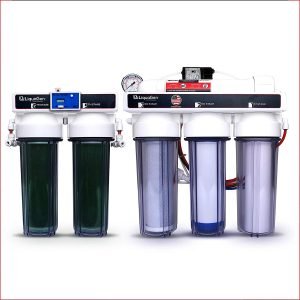
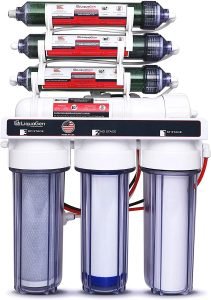
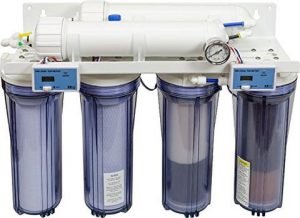
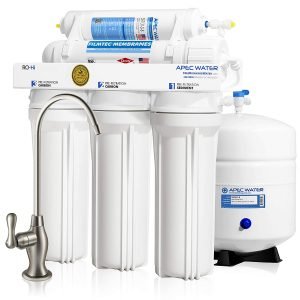
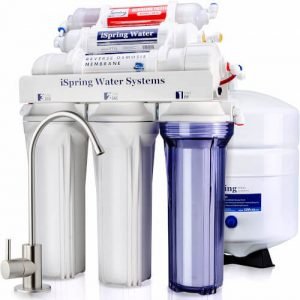
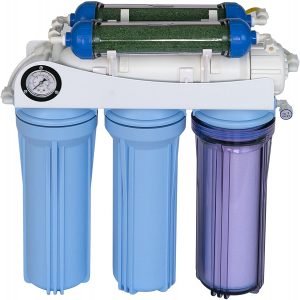
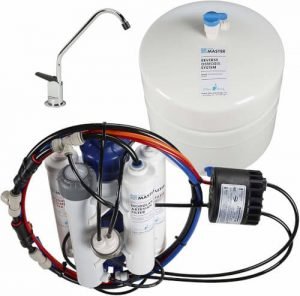
![[updated 2023] Best Low Light Aquarium Plants (Reviews + Guide) [updated 2023] Best Low Light Aquarium Plants (Reviews + Guide)](https://aquariumhunter.com/wp-content/uploads/2021/07/lowlightplantswords.png)
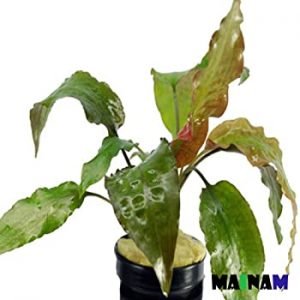
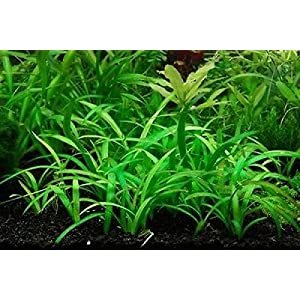
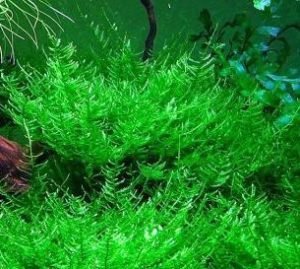
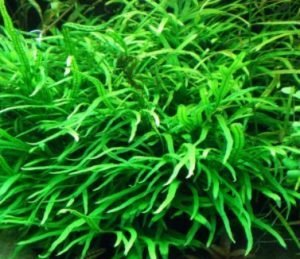
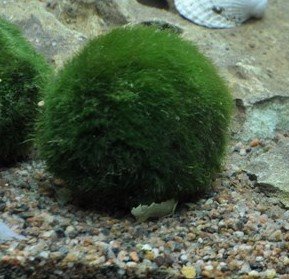
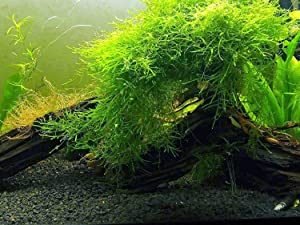
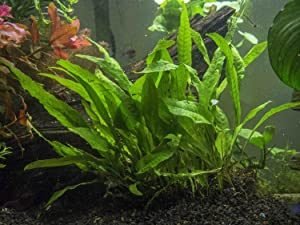
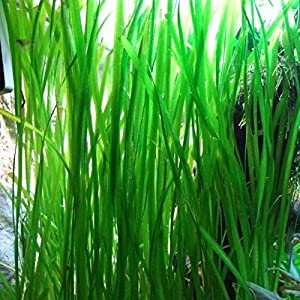

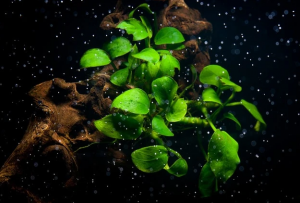
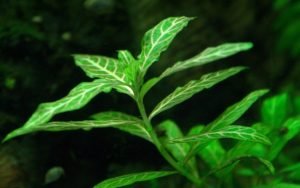
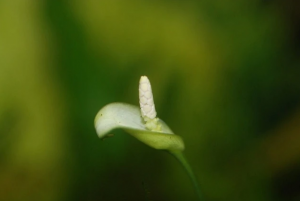
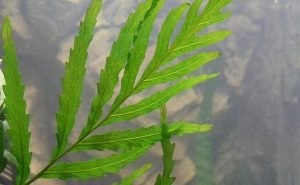

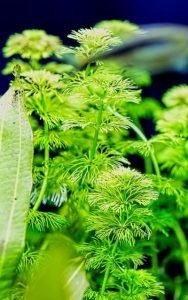
![Top 10 Best Betta Fish Tanks – [2023] Reviews & Buyers Guide Top 10 Best Betta Fish Tanks – [2023] Reviews & Buyers Guide](https://aquariumhunter.com/wp-content/uploads/2021/03/maxresdefault.jpg)



